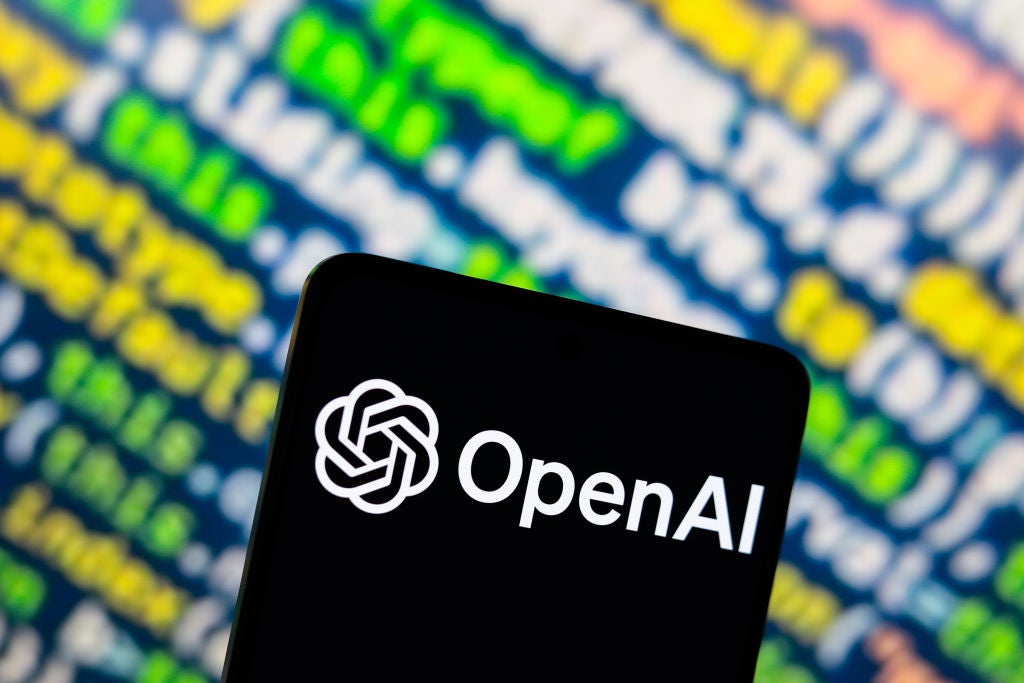Technology is always changing, but there are changes coming that may do away with concepts that have been long considered foundational and it will require us to remain flexible in our thinking.
IT technology pundits and vendors alike love to talk about the pace of change. It’s such a trope that nearly every vendor presentation begins with a few obligatory slides about the pace of change. This is usually accompanied with a graph about the amount of data and compared to how many multiples the contents of the US Library of Congress that is. As IT practitioners and technologists we take change as part of the career. IT technology changes very fast, especially when compared to things like manufacturing or other sectors of the economy.
Yet there are still some bedrock architectures and ideas that we simply accept the same way you accept the ground beneath your feet. But in an industry that really got going in the 1970s and the rise of the personal computer, it’s easy to think of this industry as old and that fundamental architectures are set. For instance let’s take the most obvious example, the ubiquitous x86 server. The basics are the same. Motherboard, with CPU, memory, PCI slots, storage connectivity, network connectivity, and base chipset. This formula has been *essentially* the same for literally decades.
Cloud computing is changing server technology
But changes in how workloads are managed and the very nature of cloud computing that is a couple of steps virtually removed from the underlying hardware is leading to change. Workloads used to be one workload per server. Then clusters of servers handled one workload. Virtualization led to multiple workloads on a single server or even a cluster of virtualized servers. Today, with containers and microservices, (essentially cloud architectures) the lines between where workloads reside, in a physical sense, are all but gone.
We are starting to see early technologies such as PCI networking and data processing unit cards (DPUs). PCI has normally been limited to the mainboard of a server. PCI networking, which started a few years ago and has been working out the kinks, brings this ultra-fast connectivity to the entire rack. DPUs bring specialty FPGAs (Field Programmable Gate Arrays) and ARM processors to offload common tasks away from the CPU itself. There are signs that there may be ways to efficiently move the RAM away from the mainboard as well. This, coupled with increasingly fast connectivity via Ethernet for storage, means that it is beginning to look like the server itself is being disaggregated.
For now, this technology is not widely available and it’s unclear as to the direction the market will take. But the construct of the server, as we have known it for decades is changing. IP practitioners and management need to keep an eye on how server disaggregation can help one day and keep an open mind. Some of our foundational constructs are changing and we all need to remember that change is inevitable.
How well do you really know your competitors?
Access the most comprehensive Company Profiles on the market, powered by GlobalData. Save hours of research. Gain competitive edge.

Thank you!
Your download email will arrive shortly
Not ready to buy yet? Download a free sample
We are confident about the unique quality of our Company Profiles. However, we want you to make the most beneficial decision for your business, so we offer a free sample that you can download by submitting the below form
By GlobalData







